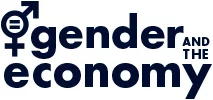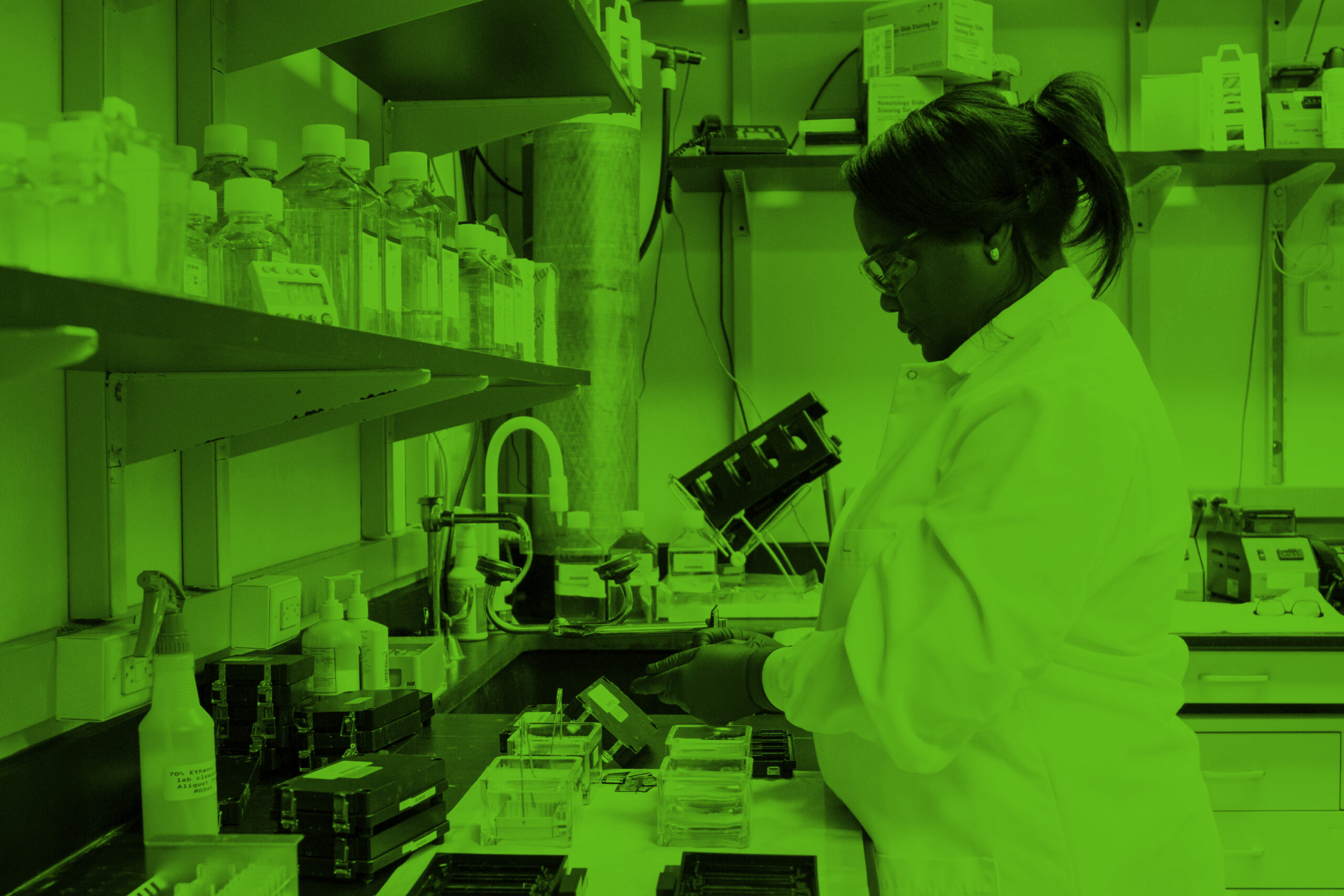The persistent underrepresentation of women in STEM fields (science, technology, engineering and math) has far-reaching consequences for both women and society: it contributes to the gender wage gap and decreases the innovation we produce for women. Recent research indicates that workplace cultures that perceive motherhood as incompatible with career commitment create significant barriers for women in STEM and increase their chance of leaving the profession, further perpetuating the underrepresentation of women in STEM.
In Canada, fewer women than men pursue studies or careers in science, technology, engineering, or mathematics. Women make up 41.8% of all students in STEM and 23.5% of all employees in the natural and applied sciences and related occupations.[1] This disparity has implications for innovation and the gender wage gap. First, STEM fields are associated with higher levels of innovation, compared to other fields. However, recent studies have shown that gender matters for whom we innovate: the more women who innovate, the more women-health focused inventions are patented.[2] Thus, an underrepresentation of women in STEM may lead to lower levels of innovation directed at women. Second, jobs in STEM fields tend to be highly paid. A systematic underrepresentation of women suggests that this is one of the drivers of the persistent gender wage gap. Therefore, it is important to understand why fewer women choose to enter careers in STEM and many decide to leave.
New research by researchers Sarah Thébaud and Catherine J. Taylor highlights the “specter of motherhood” as a significant cultural barrier faced by young women academics in STEM fields. Parenthood is perceived as a career distractor for women, while men do not face such expectations. As Thébaud explained in our conversation, “The young women and men that we talked to described a pervasive workplace culture that frames motherhood, but not fatherhood, in opposition to legitimacy as a scientist or engineer. In this context, motherhood is generally believed to be controversial, and as something that should be feared, rejected, and hidden. We call this phenomenon ‘the specter of motherhood.’”
“…motherhood is generally believed to be controversial, and as something that should be feared, rejected, and hidden. We call this phenomenon ‘the specter of motherhood.’”
Women experience the “specter of motherhood” throughout their careers. For their research, Thébaud and Taylor conducted 57 interviews with men and women doctoral students and postdoctoral scholars in the United States. Thébaud recalled that several of the women interviewees shared with her that their advisers explicitly told them they have to choose between an academic career and a family and that “there’s more to life than babies.” Because these women experienced intense pressure to reject, denigrate, or hide the mere possibility of motherhood for fear of no longer being taken seriously, some went to great lengths, such as hiding medically dangerous miscarriages or strategically telling others that they didn’t intend to have children. Thébaud adds that these workplace norms and expectations came across to respondents as “extreme,” “odd,” and generally out of step with “normal” people. Nevertheless, these experiences were consequential. The conclusion of their study is that these ideas about motherhood disadvantaged women in their day-to-day interactions and, ultimately, motivated some of the women respondents to leave academia. By contrast, ideas about parenting in academia did not have bearing on any men respondent’s future career plans.
As such, the “specter of motherhood” presents a significant obstacle for junior women scientists in STEM, forcing them to choose whether they see themselves primarily as a mother or as a scientist. This gendered cultural narrative contributes to the underrepresentation of women in STEM, impacting innovation and perpetuating the gender wage gap. To achieve gender equity, targeted interventions that address and challenge these cultural norms are crucial. As Thébaud and Taylor’s work highlights, interventions have to go beyond the provision of childcare or parental leave and begin to change narratives.
When asked how she would like policymakers or firms to act given their research, Thébaud put it as follows: “Certainly, policies that lead to better recruitment and retention of mothers, like tenure clock extensions, are necessary. But our work also reveals that interventions that target the content and, importantly, the tone of cultural narratives about motherhood are also critical. For instance, programs that raise awareness about the many mothers who are successful academic scientists, or that describe the benefits of academia to mothers—like, scheduling flexibility and job stability—could help dispel the negativity that often characterizes conversations about motherhood. Moreover, programs that address how motherhood is discussed by graduate advisors, or that normalize seeing and talking about children in workplace settings, could also play a critical role.”
“…the “specter of motherhood” presents a significant obstacle for junior women scientists in STEM, forcing them to choose whether they see themselves primarily as a mother or as a scientist.”
The extent to which the “specter of motherhood” prevails across different STEM fields, institutions, or departments requires further investigation. Thébaud acknowledges that the sample size of the study limited their ability to speak to important questions about how these gendered experiences intersect with race, ethnicity, and national background. However, this research made Thébaud reflect on other domains to which the “specter of motherhood” might translate. As she pointed out, “An outstanding question is the extent to which women in elite and male-dominated occupations that we did not study, like corporate law and finance, might be similarly affected by the ‘specter of motherhood.’ Some evidence suggests that they are. If the problem is pervasive across many industries and workplaces, targeted policies like improved childcare or more flexible hours are important, but not enough. Leaders also need to proactively challenge the narrative that motherhood can’t coexist with success in an elite career.”
References
[1] Catalyst. 2022. “Women in Science, Technology, Engineering, and Mathematics (STEM).” August 24, 2022. https://www.catalyst.org/research/women-in-science-technology-engineering-and-mathematics-stem
[2] Koning, Rembrand, Sampsa Samila, and John-Paul Ferguson. 2021. “Who Do We Invent for? Patents by Women Focus More on Women’s Health, but Few Women Get to Invent.” Science 372 (6548): 1345–48. https://doi.org/10.1126/science.aba6990.
______
Research brief prepared by:
Title
The Specter of Motherhood: Culture and the Production of Gendered Career Aspirations in Science and Engineering
Author
Sarah Thébaud, Catherine J. Taylor
Source
Gender & Society
Published
2021
DOI
10.1177/08912432211006037
Link
https://doi.org/10.1177/08912432211006037







